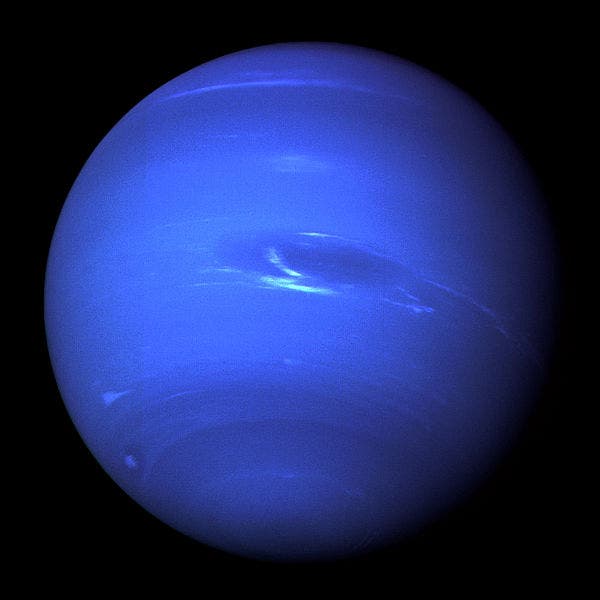New research led by members of the University of Warwick has identified ‘The Forbidden Planet’ — so named because, by all rights, it shouldn’t be there and still have an atmosphere, but it does.

Image via Pixabay.
The rogue exoplanet, which comes complete with its very own atmosphere, has been discovered by an international team of researchers, a collaborative effort that included members from the Universities of Warwick, Leicester, Cambridge, and the Queen’s University Belfast, together with Observatoire de Genève, DLR Berlin, and Universidad de Chile.
What’s strange about this planet is that, according to our understanding of astrophysics, it shouldn’t be able to exist on its current orbit — yet, it does. NGTS-4b, also nicknamed ‘The Forbidden Planet’ by its discoverers, is a Neptune-like exoplanet about three times the size of Earth. It orbits its star in what is known as the Neptunian Desert, an area where planets of its ilk cannot remain stable.
The Desert Wanderer
“This planet must be tough — it is right in the zone where we expected Neptune-sized planets could not survive,” says Dr. West, from the Department of Physics at the University of Warwick, first author of the study describing the findings.
“We are now scouring out data to see if we can see any more planets in the Neptune Desert — perhaps the desert is greener than was once thought.”
NGTS-4b has around 20 times the mass of Earth, and is about 4/5ths the size of Neptune. It’s also around 1000 degrees Celsius.
That temperature is the product of how close NGTS-4b orbits around its star — the two are so close that NGTS-4b does a full orbit around it in 1.3 days. To give you a rough comparison, the Earth takes 1 year to move around the Sun. This orbiting time increases proportionally with distance.
Because it’s so close to its host star, NGTS-4b falls into what is known as the Neptunian Desert, which is understandably quite unexpected for a Neptunian planet. This is a region close to stars where no Neptune-sized planets are found. It’s highly irradiated and swept by solar winds, meaning that any planets in this area are stripped of their atmosphere, leaving behind just a hot, rocky core (similar to Mercury). However, NGTS-4b still retains its atmosphere.
The rogue planet was identified through the NGTS (Next-Generation Transit Survey), a ground-based robotic search for exoplanets carried out at the European Southern Observatory’s Paranal Observatory in the heart of the Atacama Desert, Chile. When looking for new planets, astronomers hone their telescopes on a particular star and then wait for a dip in the light it’s putting out. These dips are caused by planets orbiting said star and blocking the light. Usually, only dips of 1% and more are picked up by ground-based searches, but the NGTS telescopes can pick up a dip of just 0.2% — as was the case for NGTS-4b.
“It is truly remarkable that we found a transiting planet via a star dimming by less than 0.2% — this has never been done before by telescopes on the ground, and it was great to find after working on this project for a year.”
Researchers believe the planet may have moved into the Neptunian Desert recently, in the last one million years, or it was very big and the atmosphere is still evaporating.
The paper “NGTS-4b: A sub-Neptune transiting in the desert” has been published in the journal Monthly Notices of the Royal Astronomical Society.






